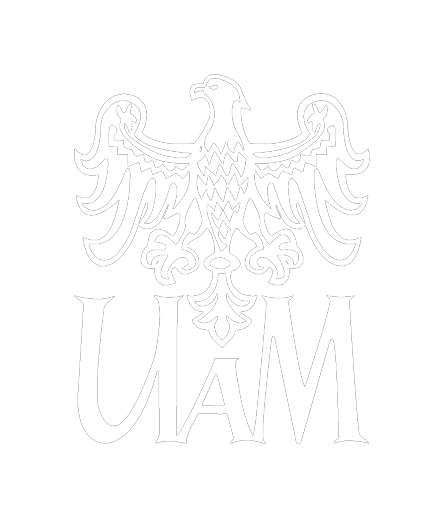Informed dispersal based on using chemical cues in phytophagous mites
Funding: National Science Centre grant no. 2019/35/N/NZ8/03377
PI: Kamila Karpicka-Ignatowska
Supervisor: Anna Skoracka
Co-investigators: Lechosław Kuczyński, Katarzyna Markowska, Alicja Laska
Description: The host location is crucial for tiny passively dispersing invertebrates, as they cannot control the direction of their movement and rely on dispersal agents (e.g. wind currents) to move over long distances. It has been proposed that dispersers do not leave their host randomly, but rather they rely on information about the presence of host plants in the environment. It is postulated that the number of kairomones (volatiles unintentionally secreted by plants) possible to be recognized is correlated with the level of host specialization. Moreover, kairomones recognition can be affected by environmental heterogeneity due to the increased variability of semiochemicals. However, the empirical investigation explaining the link between the level of host specialization, environmental heterogeneity, and the recognition of kairomones are scarce, especially for phytophagous invertebrates. The main goal of the project is to test whether (i) passively dispersed herbivores rely on semiochemical cues when undertaking dispersal and (ii) the ability to detect kairomones depends on the level of host specialization and environmental heterogeneity (the concept of informed dispersal). We will test behavioural responses of Aceria tosichella (wheat curl mite – WCM) individuals from two experimental populations (differing in the level of host adaptation) to the kairomones emitted by different host plant species in homogeneous and heterogeneous environments.

